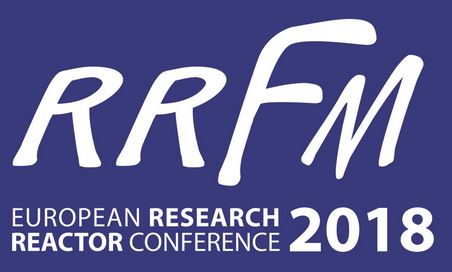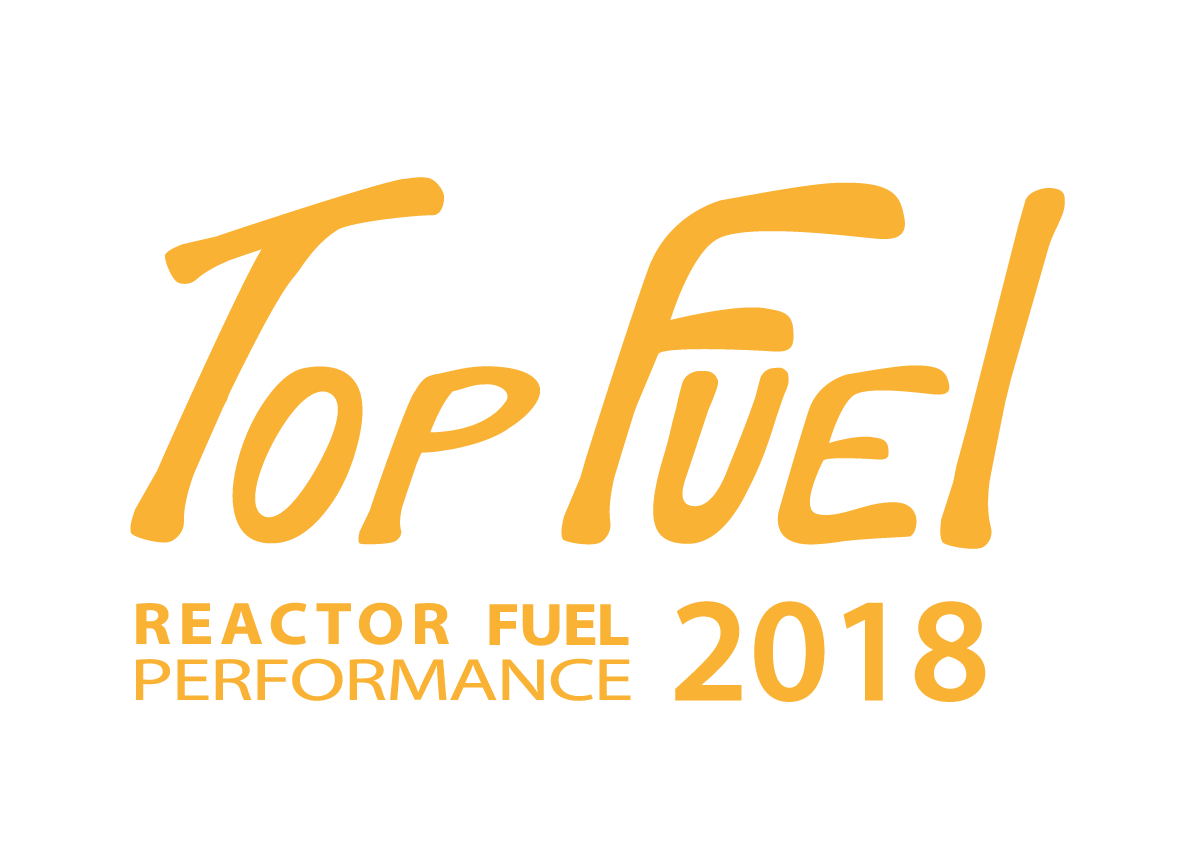ITER
 scroll scroll 
The major international fusion programmes - People's Republic of China, European Union, India, Japan, Republic of Korea, Russian Federation, USA - co-operate in the ITER project for the construction of an International Thermonuclear Experimental Reactor (ITER). The ITER is intended to demonstrate that it is physically and technically possible to simulate on earth the energy generation of the sun and to obtain energy by nuclear fusion. ITER is intended to create long-term energy-delivering plasma for the first time. The scientific co-operation was initiated in 1985. In 1998, the final report was passed to the ITER partners. The partners decided to review the ITER draft with a view to cost saving. The cost-reduced draft was approved in January 2000. The planning work based on the preliminary draft was completed in July 2001. ITER construction started in 2009 at Cadarache, France, Approximately ten years after the construction licence ITER would be able to generate the first plasma. Its data are:
- Total radius: |
10.7 metres, |
- Height: |
15 metres, |
- Plasma radius: |
6.2/2,0 metres, |
- Plasma volume: |
840 cubic metres, |
- Magnetic field: |
5,3 teslas, |
- Maximum plasma flow: |
15 megaamperes, |
- Heating output: |
73 megawatts, |
- Fusion output: |
500 megawatts, |
- Medium temperature: |
100 million degrees, |
- Burning period: |
> 400 seconds. |
back
|
|

11 - 15 March 2018
Munich, Germany

30 September - 04 October 2018
Prague, Czech Republic |